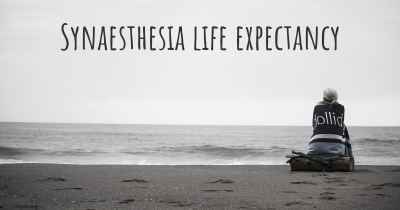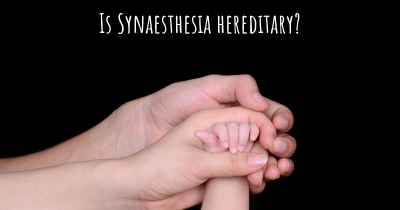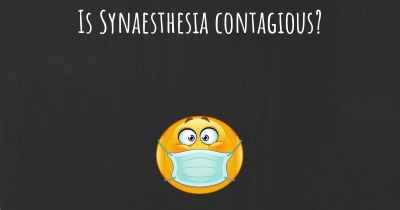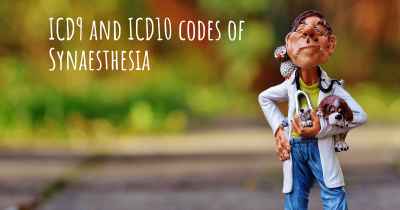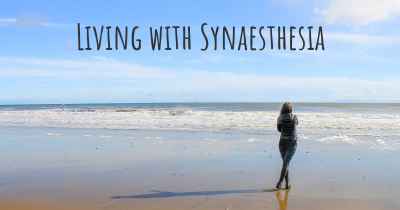How is Synaesthesia diagnosed?
See how Synaesthesia is diagnosed. Which specialists are essential to meet, what tests are needed and other useful information for the diagnosis of Synaesthesia
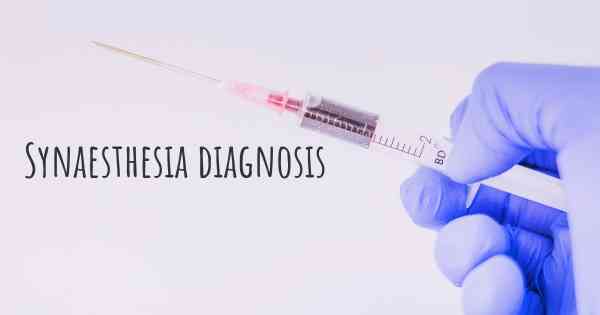
Synaesthesia is a neurological condition in which the stimulation of one sensory or cognitive pathway leads to involuntary experiences in another pathway. These experiences can involve the blending of senses, such as seeing colors when hearing sounds or tasting flavors when reading words. Diagnosing synaesthesia can be a complex process that involves several steps.
1. Self-reporting: The initial step in diagnosing synaesthesia is for individuals to self-report their experiences. They need to describe their sensory associations and provide detailed information about the consistency and intensity of these experiences.
2. Medical history: A thorough medical history is essential to rule out other potential causes for the reported sensory associations. It helps to identify any underlying conditions or medications that may be influencing the experiences.
3. Psychological assessments: Psychologists may conduct various assessments to evaluate the presence and nature of synaesthetic experiences. These assessments can include questionnaires, interviews, and cognitive tests to assess sensory perception and memory.
4. Neurological evaluations: Neurologists may perform neurological examinations to assess the brain's structure and function. Techniques such as functional magnetic resonance imaging (fMRI) or electroencephalography (EEG) can help identify any unusual patterns of brain activity associated with synaesthesia.
5. Cross-modal testing: Cross-modal testing involves conducting experiments to measure the synaesthetic experiences objectively. For example, individuals may be asked to match colors to specific sounds or identify specific tastes associated with certain words.
6. Expert evaluation: Synaesthesia experts, such as neurologists or psychologists specializing in the field, review the collected information and make a diagnosis based on established criteria and their expertise.
It is important to note that synaesthesia is a subjective experience, and there is currently no definitive medical test to diagnose it. The diagnosis relies heavily on self-reporting and expert evaluation. If you suspect you may have synaesthesia, it is recommended to consult with a healthcare professional who specializes in the condition for a comprehensive evaluation.
